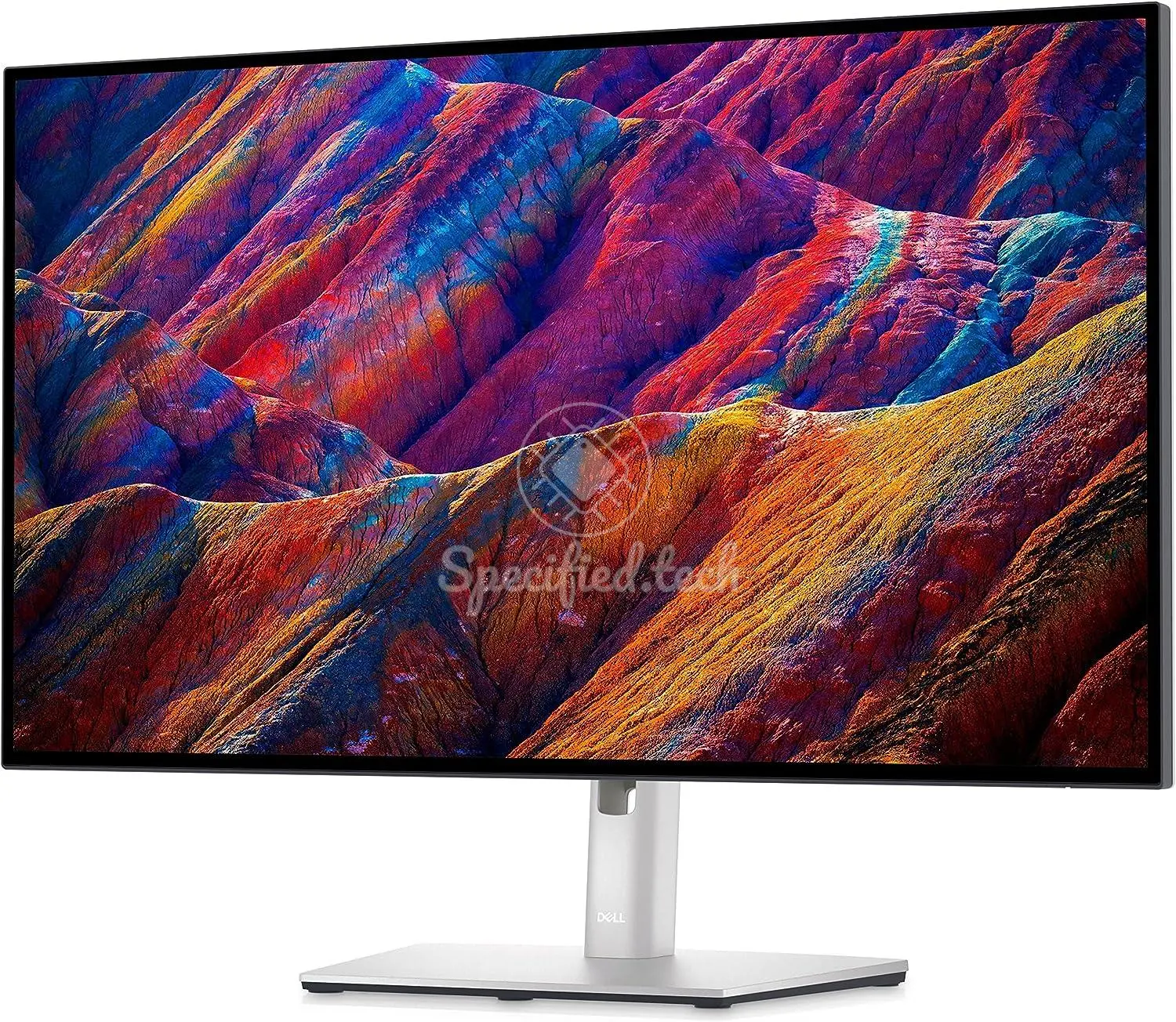
Display, power consumption, dimensions, technologies used, connections, certifications, comfort features. All these keywords can be relevant for a purchase decision, but an exact comparison is often difficult. For this reason, we will summarize as many of the mentioned specifications as possible in an understandable form in the course of this article. Let's start with the most important component of the U2723QE from Dell.
Display
Any multimedia content can be displayed on 27 inches ( 68.4 cm on the diagonal). As already mentioned or known, monitors have a certain number of pixels in height and width. In most cases, this is not a 1:1 ratio, which is also the case with the monitor from Dell. This monitor has an aspect ratio of 1.778 : 116. This means that every 1.778 pixels in width 116 pixels in height are added. Besides the aspect ratios and the specified screen diagonal, the ratio between the monitor surface and the actual display is probably also relevant for some enthusiasts. This is the general ratio of non-display to display. In other words, 92.8 % of the monitor's front area consists of the display. The remaining percent consists of screen edges and cannot display an image. If you want to place several monitors next to each other, you should make sure that the edges are as small as possible. The display is a IPS panel. The panel has a resolution of 3840 x 2160 px. The pixel density is 163 ppi. The pixel pitch is 0.155 mm. The continuous possible brightness specified by the manufacturer Dell is 400 nt. The panel is illuminated by W-LED. The built-in panel ensures stable color reproduction of the image, even at deviating viewing angles, by means of its 178 ° (horizontal) viewing angle. Dell promises stable color reproduction moreover within a 178 ° vertical angle. The refresh rate is horizontally seen at the U2723QE 15 khz to 140 khz. Vertically, however, the image renews at a minimum rate of 23 hz up to 87 hz. The minimum response time of the monitor is ms. The average response time of the monitor is about ms. The display panel is Anti-glare/Matte (3H).
Color representation
The panel has a bit depth of 10 per color channel, but what does that mean? The number of bits determines how many colors can be encoded for the individual pixels of the display. For an 8-bit panel, for example, this is 256 different colors (2^8 = 256). However, since we usually display three different colors per pixel at the same time, in theory about 16 million (256^3) different colors are possible by mixing the three pixels. A 10-bit panel could even display a billion colors. According to the manufacturer, the coverage of the DCI-P3 color space is 98 %. According to the manufacturer, the coverage of the SRGB color space is 100 %.
Contrast ratio
Contrast ratio is a common measurement used to represent the maximum relative differences in brightness between black and white. It describes the ability of a screen or projector to produce a high-contrast image and is the quotient of the maximum and minimum displayable luminance. The higher the values are away from each other, the stronger the quantitatively seen difference between black and white is set up, which in turn results in an improved image quality. This monitor from Dell has a static contrast ratio of 2000 : 1 , according to the manufacturer.
HDR
The monitor supports all HDR modes listed here:
screen design
Further information
- 1.4dsc
- 1.4outwithmst
- 2.0

